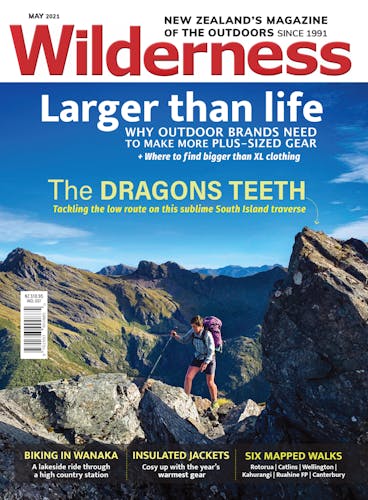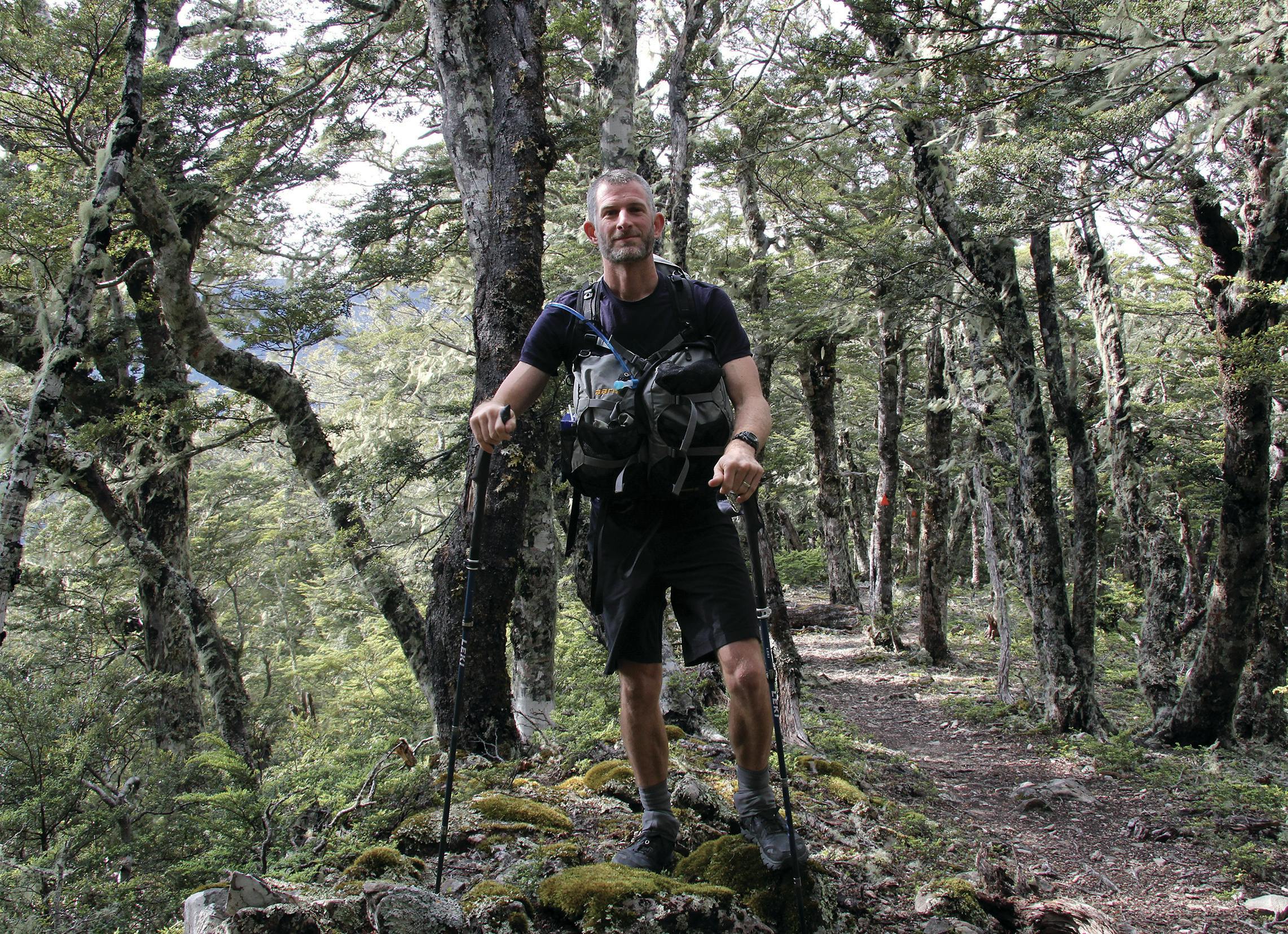Living Simply owner and boot-fitting legend Ben Sinclair shares his tips for getting the right fit the first time.
What’s the first step in a comprehensive boot fitting?
The first thing you want to do is measure the customer’s foot – that gives you the information for where to start the fitting. But you also need to know how your range of boots fit in terms of shape and volume, and then find the most suitable boots in the right category for the customer. You can’t just measure someone’s foot and say that’s your number – there’s so much more to the fitting process.
Is it important to measure both feet?
Definitely. You will often find there is one foot longer or wider than the other, sometimes up to a whole size. It’s good to have that in mind for when you’re testing on the downhill, as the longer foot is the one you need to be more aware of.
How can you tell if staff know their stuff?
See whether or not they actively try and measure your foot. If they just ask, ‘what size are you’, and then go out the back for some boots for you to try on, that’s your chance to run. You may think you know exactly what size you are, but I can fit between a 43 and a 45 depending on the shoe. The number on the boot is just a general indication of sizing, there is so much variance between brands. That could be the first red flag.
Is it worth looking at half sizes?
Half a size can make all the difference. People will often be accustomed to the sizing of their street shoes, which are typically undersized as people can get away with this in an urban environment. But the correct fit and feel of a hiking boot is to be slightly oversized, which can be hard for people to wrap their head around. An undersized boot will potentially stretch in width, but it will never get longer.
What’s the best in-store test for customers trying on boots?
Simulating a downhill walk is invaluable. Once you have selected the boot model and size, this is the most tangible test for ensuring your toes don’t hit the front. You’re always going to slide forwards on the downhill, but you need enough space at the front for your toes not to feel pressure on the tips. You can get a quick idea of how much room there will be in front of your toes if you loosen the laces, stand on a weighted foot and push your foot forward. Use a finger to gauge how much space there is behind your heel. This will be your toe box spacing when the laces are tightened.
Do socks make a difference when boot fitting?
It’s important to have the right thickness of socks to match the type of footwear you’re trying and avoid over or under-sizing the boot. If it’s a tramping boot, you’ll want a mid to high cushioned sock. The customer’s foot width can also determine what the optimum sock will be as low volume feet need more padding. If you’re having blister issues, a liner sock can help on the trail, but when you’re fitting, the key is to have one good pair of the right socks.
What should trampers know about boot flex?
A high volume, heavy pack on a harder trail will require a more rigid boot to ensure stability and avoid fatigue. Carrying a day pack or walking an easier trail, you’ll want a softer flex boot. Ideally, you would have two pairs of boots – a lighter day hiker or overnight boot, and then your multi-day boot. Most people when starting out will compromise somewhere in the middle and make do.








